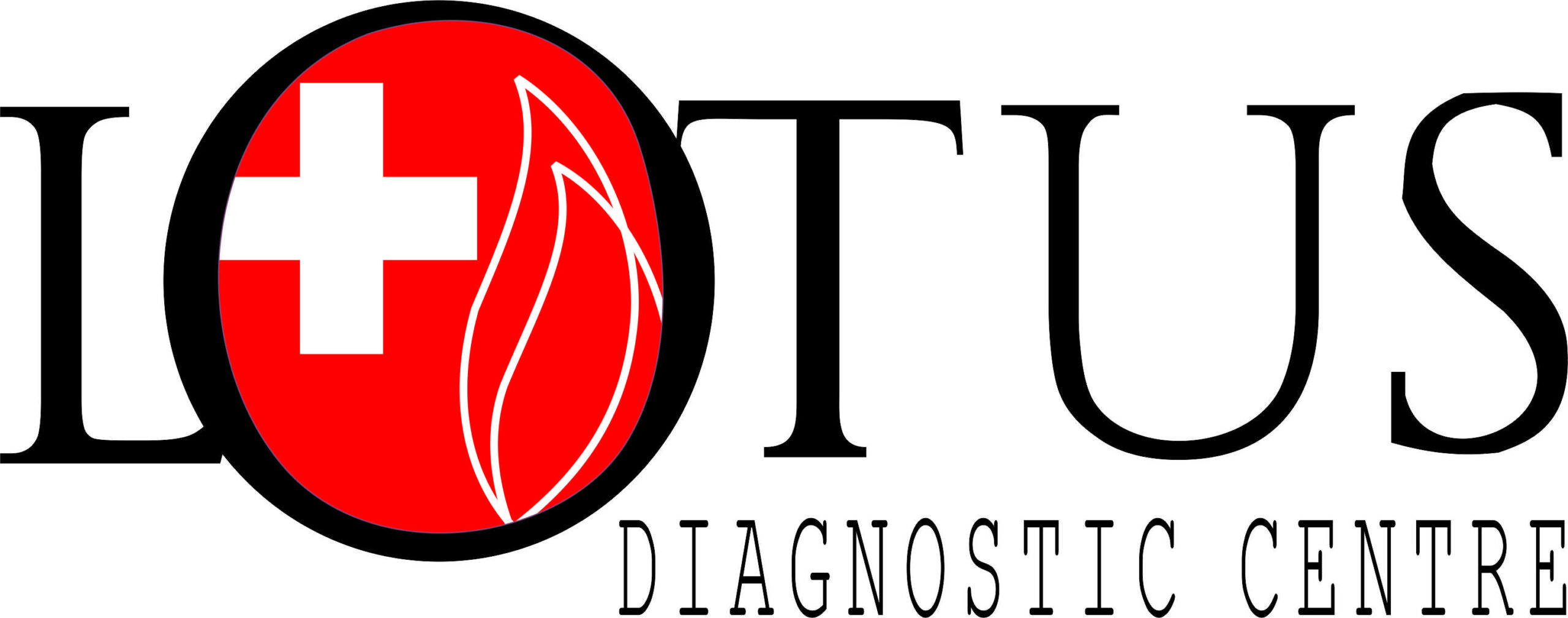
Orthopaedics
Orthopaedics at Lotus Diagnostic Centre
From a traumatic leg fracture to gradually worsening arthritis of the hands, disorders affecting the bones and joints come in many forms. Without proper treatment, bone and joint conditions can lead to chronic pain and disability.
Healthy joints such as wrists, shoulders, knees, ankles and finger joints allow your body to move with ease. Bones such as the femur (thighbone) and humerus (upper arm) also contribute to movement.
Lotus Diagnostic Centre’s Orthopaedics OPD has one of the best Orthopaedics team in Bangalore, who render consultation for musculoskeletal system and address issues such as arthritis, fractures, back pain, shoulder pain etc, due to various reasons.
At Lotus Diagnostic Centre we are equipped with the most modern equipment to detect and diagnose conditions related to orthopaedics and have a team of consultants that advise a range of treatments ranging from medications to physiotherapy to surgery. We work to help the patients return to normal at the earliest and aim to reduce their period of rest and inactivity.
Why Choose Us?
Lotus Diagnostic has an expert panel of doctors with years of experience in concerned speciality. The clinic is equipped with its own diagnostic centre with state of art equipment. Our services include an in-house diagnostic lab and imaging services including X-rays, ultrasounds and BMD – all under one roof. Our patients experience seamless services while seeking consultation, getting tests or scans done and availing their treatment protocols.
Services Offered:
- Consultation and Treatment plan for Bone and joints diseases
- Procedures like plaster application, minor surgical procedures.
- Intra – Articular injections
Bone Diseases
Osteoporosis:
Bone is a living tissue. It comprises of a protein called collagen that provides a flexibility and calcium phosphate – a mineral component which adds strength and hardness to the structure. The two combine to provide stress endurance ability of the bone structure.
Both these components keep getting renewed during a person’s lifetime through processes called bone formation and resorption (remove of old bone). When the process of resorption becomes faster than bone formation especially in adults starting late 20s, it starts to lose its density.
This condition aggravates in women more during and after menopause, when bone loss occurs too quickly or when bone formation is not reciprocal in speed.
Men may also experience similar problems. Common symptoms that may lead to the diagnosis of Osteoporosis are proneness to falls and fractures, shirking of body gait and posture, and height reduction in some cases. Regular health check- ups can help identification and prevention of disease in early stages and provide maintenance treatment to those who already have Osteoporosis.
Metabolic bone diseases: Osteoporosis is one of several metabolic bone diseases in orthopaedics. These are disorders of bone strength caused by mineral or vitamin deficiencies (such as vitamin D, calcium or phosphorus) that result inabnormal bone mass or structure. Osteomalacia (softening of the bones), hyperparathyroidism (overactive gland leading to bone calcium loss), Paget disease of bone (abnormally large, weakened bones) and developmental bone disorders affecting children are all different types of metabolic bone diseases.
Fracture: Acute fractures are usually due to trauma, although they can be related to bone cancer. Children’s bones are more flexible and resilient, and fractures heal more quickly. Kids are more likely to have wrist fractures while breaking a fall during sports or at play. Older adults are more vulnerable to falls and hip injuries because of balance issues, and as their bones may be more fragile, are likelier to break their hips.
Stress fracture: Also called overuse fractures, stress fractures are more common in active people like runners.
Bone cancer: Cancer that originates in the bone, called primary bone cancer, is rare, accounting for less than 1% of all new cancers diagnosed, according to the National Cancer Institute. Cancer that spreads to the bones from other parts of the body is more common, such as metastatic tumors from prostate or breast cancer.
Multiple myeloma, a type of blood cancer, interferes with bone marrow function and new bone production in the hips, pelvis, ribs, shoulders and spine, increasing the risk of fracture.
Scoliosis: Abnormal, side-to-side curvature of the spine, resulting in an S- or C-shaped appearance when seen from behind, is called scoliosis. It’s commonly diagnosed in infants or children, but can persist into adulthood.
Joint Diseases
Arthritis is a leading cause of disability worldwide. Arthritis affects 15 % or over 180 million people in India. This most commonly affects the joints in knees, hips, hands, feet and spine. This chronic progressive disorder is caused by gradual loss of cartilage in joints which results in bones rubbing together causing stiffness, pain and reduced movements.
Arthritis falls into two basic categories: osteoarthritis and autoimmune joint disease. They have contrasting causes and symptoms and require different care.
Common joint conditions include the following:
Osteoarthritis: This is the most common joint disease in India. The prevelance of osteo-arthritis is 20 – 39 %. Osteoarthritis is the “wear-and-tear” form which increases with age.
Cartilage that normally cushions the joint breaks down over time, leading to stiffness and pain, especially with movement. With hip arthritis and knee arthritis, walking becomes more difficult as pain builds and flexibility decreases. Adults in their 50s and older are more likely to develop this chronic, progressive disease, and women are more vulnerable.
Rheumatoid arthritis: Rheumatoid arthritis is an autoimmune condition which affects the lining of the joints. Cells of the immune system that normally don’t belong in the joints accumulate there in large numbers. As the immune cells interact with the local joint cells, it causes inflammation, with eventual damage and destruction of cartilage and bone causing pain and swelling in and around the joints. This is a systemic disease as it can affect other body systems. This is more common in women.
Spondyloarthritis: Also known as spondylitis, this umbrella term covers certain other rheumatoid diseases. Axial spondylitis involves inflammation in the spine and can eventually lead to spinal fusion, or ankylosing spondylitis. Enteropathic arthritis is a possible complication of inflammatory bowel diseases like ulcerative colitis. Psoriatic arthritis, which is associated with the skin condition psoriasis, tends to affect the joints of the hands and feet.
Gout: This type of arthritis most often affects the joint connecting the big toe to the rest of the foot. In gout, excess uric acid – a waste product in the blood – forms crystals in the joints. Gout flare-ups, which are extremely painful, frequently strike in the middle of the night. Men are more likely to have gout, although women become more vulnerable after menopause.
Bursitis: Bursitis involves inflammation of the small, fluid-filled sacs called bursae that cushion the joints and surrounding tendons, muscles and bone. With bursitis, overuse or sudden injury of joints such as the hip, elbow and shoulder can lead to flare-ups. Bacterial infections can sometimes cause bursitis.
Specialised Procedures in Orthopaedics
Plaster of Paris Application
A cast is used to hold a fractured bone in place while it heals. It is a non-invasive option for immobilizing a broken bone.
A cast is used when the two ends of a fractured bone can be realigned (reduced) without surgery, which is called a closed reduction. In some cases–if the bone is badly misaligned, sticking through the skin or broken into three or more pieces–surgery is necessary to realign the bone. This is called an open reduction.
Minor Surgical Procedures
For many of these disorders, treatment with minor procedures can bring about rapid and effective response with a very low complication rate.
Minor surgeries done at Lotus in orthopaedics
- I & D
- Suturing
- Lump Excisions
- Nail Excisions
- Minor Tendon Repairs
Intra-Articular injections
Knee pain and stiffness can be debilitating and difficult to treat. Lifestyle-limiting knee conditions may negatively affect body image and emotional well-being. Weight management,exercises/strengthening programs, physical therapy, physical modalities, orthotics, medications, intra-articular knee injections, and surgery are some of the approaches used to treat knee pain. The most common type of intra-articular knee injection is with corticosteroids, but other agents have been used, including infliximab, hyaluronic acid, botulinum neurotoxin, and platelet-rich plasma (PRP).
Anti-inflammatory injections
Cortisone or steroid shots are injections that help to relieve pain and inflammation in a small area in the body, such as a specific joint or tendon. This type of injection offers quick relief for inflammation and is most commonly used in the wrist, spine, shoulder, knee, hip, elbow or ankle, in conditions such as:
- Osteoarthritis
- Tendonitis/chronic tendon injuries
- Back and spine conditions
- Nerve damage and injury
- Ligament and muscle injuries
- Non-healing wounds
Our Orthopaedists

Dr. Kishan Rao K.

Dr Vinu Raj

Dr. Shivakumar. Y. S

